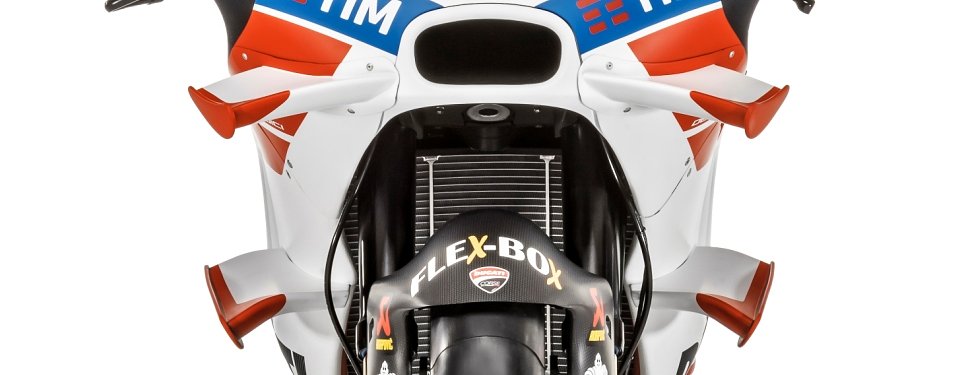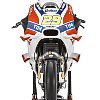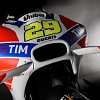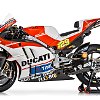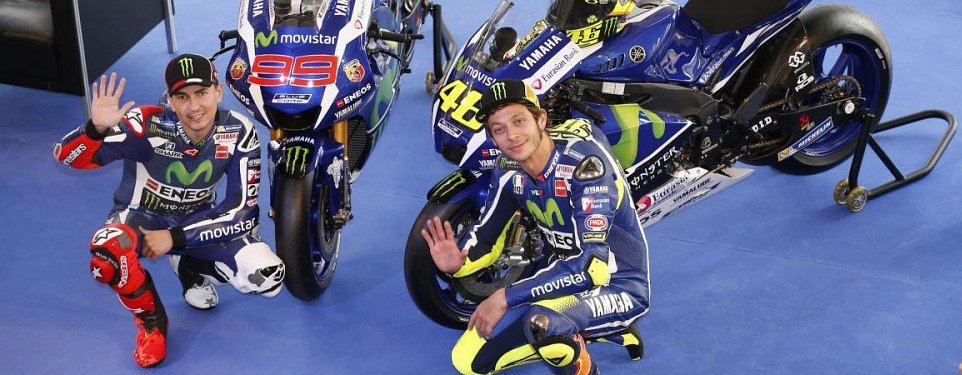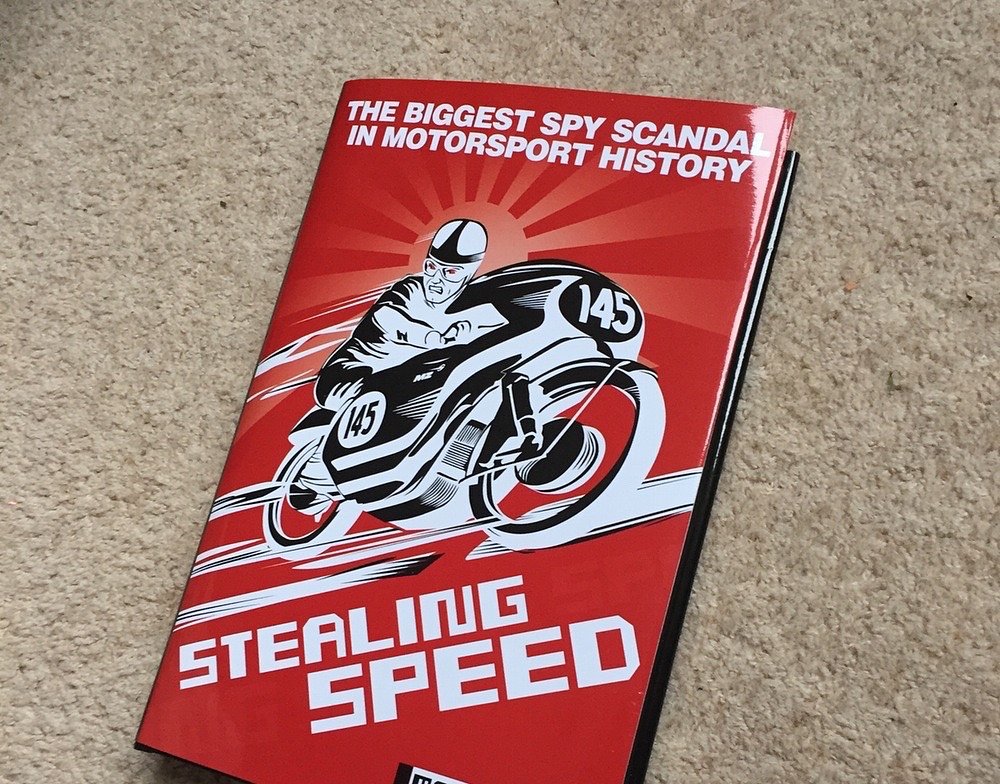In recent years, Ducati's MotoGP bike sprouted wings. Over the off season, they grew. Noticeably.
In fact, the aerodynamic pieces on the D16 GP, as Ducati calls its 2016 MotoGP bike, are so prominent some think they represent a safety hazard and should not be allowed.
Former racer and long-time commentator Mat Oxley was among the first to weigh in with a firm opinion. He feels the wings — which he pointed out should rightfully be called not winglets but "strakes," because of their dimensions — are likely to snag other bikes or racers' bodies in the side-by-side, close-quarters racing we've seen plenty of in MotoGP.
To me it's more a problem of riders getting hooked/tangled, causing a crash, by strakes, rather than mangled by them
— Mat Oxley (@matoxley) February 23, 2016
Julian Ryder was another European racing commentator who was surprised by the new wings... I mean, strakes. First he tweeted "They're big!" and then he provided a visual aid for comparison.
Reminds me of something.... pic.twitter.com/smRsdxizeQ
— Julian Ryder (@MotoGPJules) February 23, 2016
Oxley also tweeted that he has already heard talk of outlawing the strakes for 2017.

The problem with the downforce and wheelie explanation is that aerodynamic force increases with the square of velocity. In other words, when the motorcycle is moving 200 mph at the end of the straight, downforce will be four times what it is when the motorcycle is accelerating at 100 mph, when wheelies are more likely. This leads some to wonder if Ducati isn't telling the full story and believes that there are also cornering benefits from the aerodynamic bits.


Whether the rule book allows them to continue using such pronounced protrusions next year is another question, and may depend on whether they play a role in any rider contact this year.




